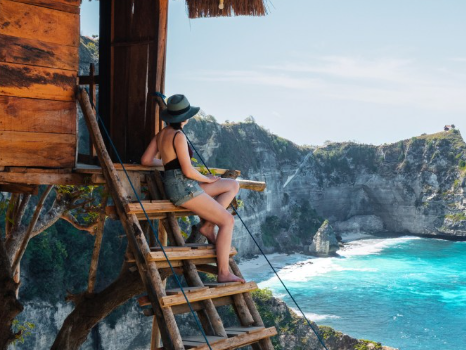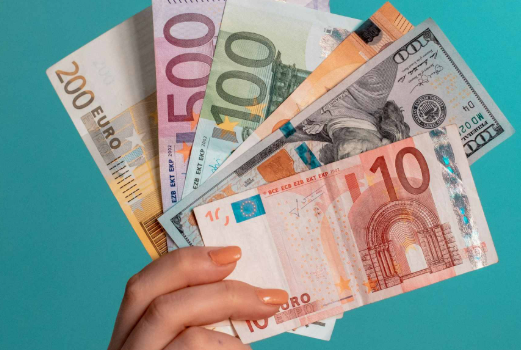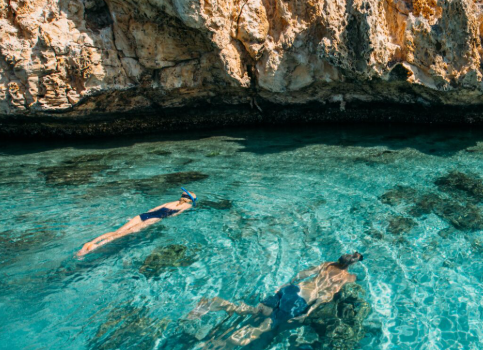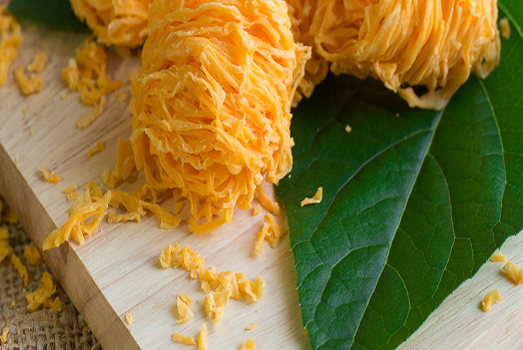
Bali, Indonesia’s captivating island, is famous for its stunning landscapes, rich culture, and pristine beaches. While Kuta often grabs the spotlight for its nightlife and surf-friendly waves, there’s a whole other side of Bali waiting to be discovered. If you’re looking to experience a different vibe beyond the crowds, here are four top areas to stay in Bali for a unique and enriching getaway.
1. Ubud: The Cultural Heart of Bali
Ubud is the perfect destination for those who want to experience Bali’s spiritual side. Surrounded by lush rice paddies and dense forests, this charming town offers a peaceful atmosphere where art and culture thrive. Ubud is known for its deep connection to Balinese heritage and spirituality, making it an ideal choice for travelers seeking serenity and a cultural escape.
Things to Do: Visit the Sacred Monkey Forest Sanctuary, explore the Ubud Art Market, and wander through the famous Tegallalang Rice Terraces. Don’t miss the chance to see a traditional Balinese dance performance at the Ubud Palace.
Accommodation Options: Ubud offers a variety of accommodations, ranging from budget-friendly guesthouses to luxury resorts. For a truly immersive experience, stay at COMO Shambhala Estate, an award-winning wellness resort nestled between two rivers in the forest. With its focus on balance and tranquility, this retreat embodies the peaceful spirit of Ubud.
2. Seminyak: Chic and Stylish
For those looking for a more sophisticated, cosmopolitan experience, Seminyak is the place to be. Known for its upscale boutiques, fine dining, and vibrant nightlife, this area offers a blend of luxury and modernity. It’s a perfect destination for those who enjoy stylish surroundings, while still being close to the beach.
Things to Do: Spend your days lounging on Seminyak Beach, pampering yourself with spa treatments, and shopping at high-end stores. Seminyak Square and Eat Street are great spots for enjoying delicious meals and entertainment.
Accommodation Options: Seminyak is home to numerous luxury resorts, offering stunning beachfront views and opulent amenities. Alila Seminyak and W Bali – Seminyak are two top choices, providing a chic atmosphere with minimalist designs and luxurious services. Alila Seminyak, with its sleek design and vibrant rooftop bar, is where the fashionable crowd gathers.
3. Nusa Dua: Luxury with a Family-Friendly Touch
Nusa Dua is the ideal location for families seeking a luxurious yet peaceful vacation. This area is home to some of Bali’s most exclusive resorts, offering a tranquil and secure environment. Nusa Dua is perfect for those who want to enjoy the island’s beauty while having access to family-friendly amenities.
Things to Do: Enjoy water sports, visit the Bali Collection shopping complex, and marvel at the dramatic views from the Water Blow site. For a quieter beach day, head to Geger Beach, which offers a peaceful escape.
Accommodation Options: Resorts like Club Med Bali offer a range of amenities tailored to families, including all-inclusive packages and kid-friendly activities. This family-oriented destination combines luxury with fun, providing a perfect balance of relaxation and adventure for every age.
4. Jimbaran: A Seafood Lover’s Paradise
If you’re a seafood enthusiast, Jimbaran is the place to be. Located just south of Kuta, this charming coastal town is renowned for its beachfront seafood restaurants, offering fresh catches straight from the ocean. Jimbaran offers a quieter, more laid-back vibe, perfect for those looking to unwind and enjoy Bali at a slower pace.
Things to Do: Savor delicious seafood at the beachfront cafés, visit the Jimbaran Fish Market early in the morning, or simply relax on the tranquil Jimbaran Beach. It’s the perfect place for a serene, yet flavorful, escape.
Accommodation Options: The luxurious Four Seasons Resort Bali at Jimbaran Bay is the perfect place to experience comfort and stunning ocean views. Set amidst 14 hectares of lush gardens cascading down to the beach, this resort offers a blend of authentic Balinese village ambiance and modern luxury.
Bali offers a diverse range of destinations beyond the well-known Kuta area, each catering to different interests and preferences. Whether you’re looking for cultural immersion, luxurious relaxation, or a peaceful retreat, Bali has the perfect spot to make your stay unforgettable.














Comments